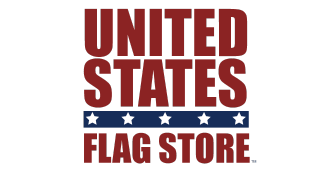Veterans Day
Veterans Day originated as Armistice Day, a holiday to celebrate the end of World War I on November 11, 1918. The first Armistice Day took place in Nov. of 1919 by proclamation of President Wilson. Armistice Day was set aside to honor World War I veterans. After World War II and the Korean War, Congress modified the holiday to include all American veterans of war, changing its name to Veterans Day. Veterans Day was commemorated on November 11 from 1954 to 1971. After the passing of the Uniform Holiday Bill in 1968, Veterans Day was moved to the last Monday in October. Several other holidays were also moved, mainly to accommodate federal employees with a three-day weekend. Many states protested this decision and continued to observe Veterans Day on Nov. 11th. Four years later President Gerald Ford signed a law returning Veterans Day to its original date. According to the Department of Veterans Affairs, many Americans confuse Veterans Day with Memorial Day. The focus of Memorial Day is to honor veterans who died in battle. While Veterans Day also honors deceased veterans, the main focus is to thank all living veterans, whether they served in peacetime or in wartime.
In 2001 United States Senate Resolution 143 designated Nov. 11 through Nov. 17 of each year “National Veterans Awareness Week.” During that week elementary and secondary school students are educated on the importance of veterans. Veterans Day Information
Each year on Veterans Day, a national ceremony is held at the memorial amphitheater at Arlington National Cemetery. The amphitheater surrounds the infamous Tomb of Unknowns. The ceremony is coordinated by the President’s Veterans Day National Committee and includes the laying of a presidential wreath, the playing of "taps" and a combined color guard to represent all branches of the military. The Veteran’s Day National Committee, the Department of Defense and governors of many U.S. states and territories arrange local ceremonies. Events often include parades, military displays, speeches, patriotic music and more. It is customary to fly the American flag on Veterans Day and throughout National Veterans Awareness Week. Take the time to thank a veteran you know for protecting America's freedom.
References The History of Veterans Day" Military.com.National Veterans Awareness Week &"The Origins of Veterans Day" United States Department of Veterans Affairs.
